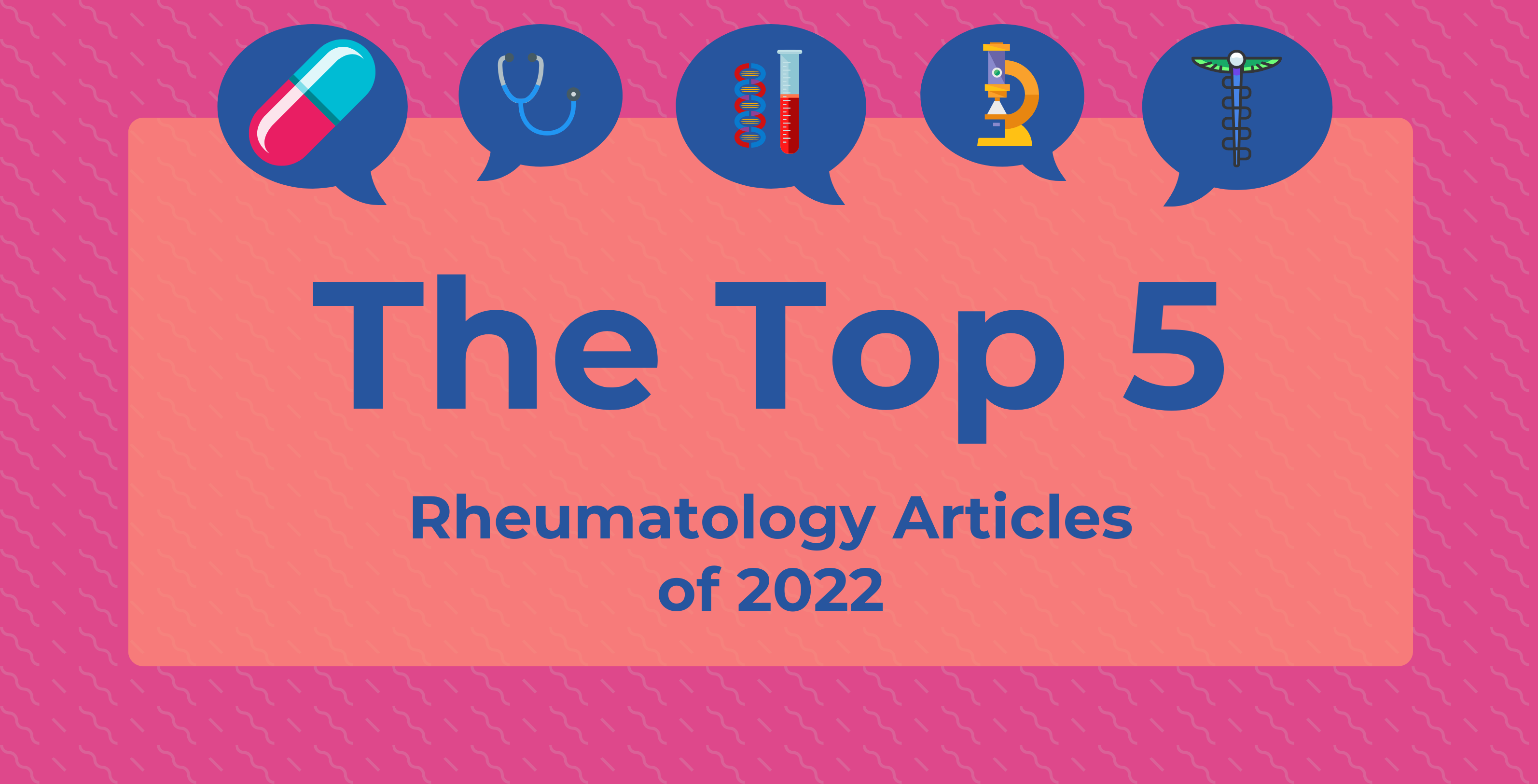Article
Understanding the Risk of MGUS Progression to MM in Patients with Rheumatologic Diseases
Author(s):
The risk for patients with monoclonal gammopathy of undetermined significance developing multiple myeloma is double if they have a specific category of rheumatic diseases compared with those without the diseases.
Patients with monoclonal gammopathy of undetermined significance (MGUS) have twice the risk of developing multiple myeloma (MM) if they have non-antibody (Ab)-mediated rheumatic diseases (RDs) compared with patients without any RDs, according to new research.
Study results, published in Blood Advances, found the risk of transforming into MM varied depending on the diagnosed RDs. The risk of progression, however, was far higher for patients with MGUS with non-Ab-mediated RDs.
MGUS is an asymptomatic condition in which an abnormal protein (myeloma protein, or M protein) circulates in the blood. Epidemiological studies show that MGUS affects up to 3.2% of individuals older than 50 and has an overall risk of progressing to MM or related diseases of 1%. It is associated with various chronic inflammatory RDs. It is also known to be more prevalent in patients with rheumatoid arthritis (RA) and systemic lupus erythematosus and linked to disease severity and an increased rate of other hematologic cancers.
Researchers from Austria evaluated 2935 patients diagnosed with MGUS between 2000 and 2016. They evaluated 3 groups. Patients with RDs were grouped into antibody (Ab)-mediated RDs and non-Ab-mediated RDs; the third group consisted of those without RDs.
The researchers found that patients with a concomitant RD (n=255 [9%]) had a doubled risk of progression (hazard ratio [HR], 2.1; 95% CI, 1.1-3.9; P =.02) of developing MM.
The data translated to a 5-year risk of progression of 10% in those with concomitant Ab-mediated RDs compared with 4% in patients with MGUS without rheumatologic comorbidity. Patients with Ab-mediated RDs had an even lower risk at 2%.
Non-Ab-mediated RDs included polymyalgia rheumatica (PMR), which causes muscle pain and stiffness primarily in the shoulders and hips; large-vessel giant cell arteritis (LV-GCA), a chronic inflammation of medium and large arteries; spondylarthritis (SpA); and gout.
Ab-mediated RDs included RA, systemic lupus erythematosus, Sjögren syndrome, mixed connective tissue disease, systemic sclerosis, and antineutrophil cytoplasmic antibody (ANCA)-associated vasculitis.
Out of all patients with MGUS, researchers found that 86 patients (34%) had a connective tissue disease or ANCA-associated vasculitis, 68 (27%) had RA, 47 (18%) had PMR or LV-GCA, 32 (13%) had gout, and 22 (9%) had SpA.
Patients with MM who had previously experienced MGUS had an increased rate of comorbidities compared with those who were first diagnosed with MM. The higher rate underscored the fact MGUS is usually diagnosed during work-up for an unrelated disease since it is asymptomatic, the authors said. Those diagnosed with chronic inflammatory RDs commonly discover they have MGUS during routine bloodwork.
The authors also examined links to autoimmune diseases, noting a recent study from Sweden showed a 1.2- to 1.4-fold increased risk of death in patients with MM and MGUS with a prior history of such disease.
However, when focusing on specific autoimmune diseases, the authors said, the link only held up for those with a history of ulcerative colitis. Other autoimmune diseases had a mortality rate less than or even lower than the control group. They found patients with MGUS with concomitant Ab-mediated RDs had a protective effect, with a 60% reduced 5-year risk of progression. As a result, an equal overall survival rate was found for the 3 different MGUS groups.
The authors said they could only speculate on possible reasons for higher risk in non-Ab-associated RDs. They suggested a link to the fact that higher levels of abnormal protein in Ab-associated diseases essentially are assembled by the excess amount of disease-related antibodies in the blood, whereas in non-Ab-associated RDs, those levels result from a true clonal outgrowth of pathological plasma cells.
Interleukin 1 beta (IL-1β), one of the main drivers in inflammation, plays a critical role in PMR, gouty arthritis, and smoldering multiple myeloma. The success of IL-1β blocking therapies illustrates that connection, and possibly a significant link to the study results, the authors said.
A standard treatment for patients with MGUS-RD has not yet been established, the authors said, while the goal should be suppression of both RD activity and the monoclonal Ig concentration. The authors noted further investigation should be directed toward the impact of proinflammatory processes and immunosuppressive therapies on how MGUS evolves and its risk of progression.
Reference
Steiner N, Göbel G, Michaeler D, et al. Rheumatologic diseases impact the risk of progression of MGUS to overt multiple myeloma. Blood Adv 2021;5(6): 1746–1754. doi:10.1182/bloodadvances.2020003193




